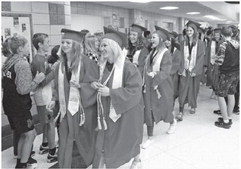Use surplus to help young people get a fresh start


Rather than squander the state budget surplus, the money should be used to help recent high school graduates get a fresh start in life and in the process make an investment in the...


Rather than squander the state budget surplus, the money should be used to help recent high school graduates get a fresh start in life and in the process make an investment in the...